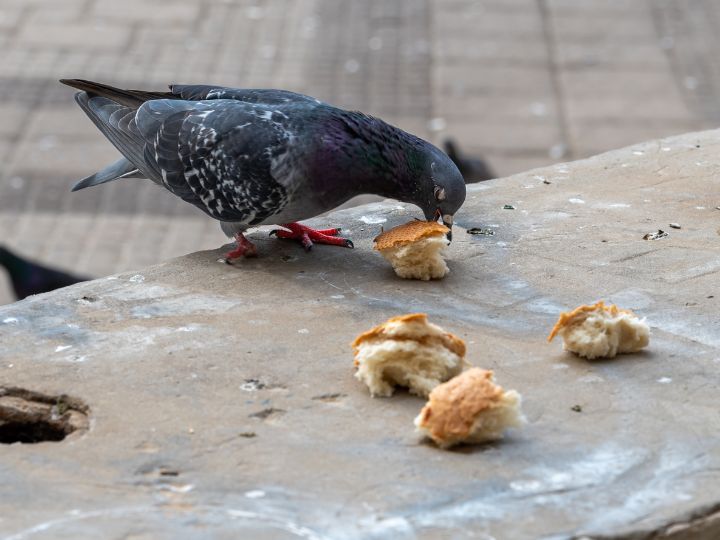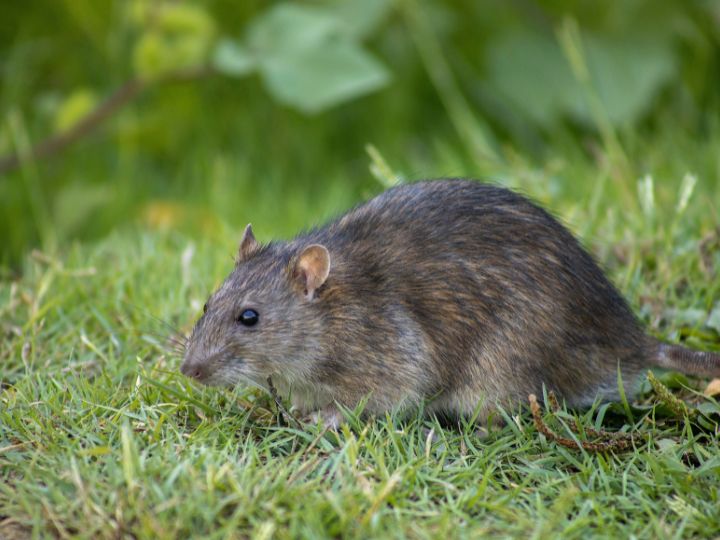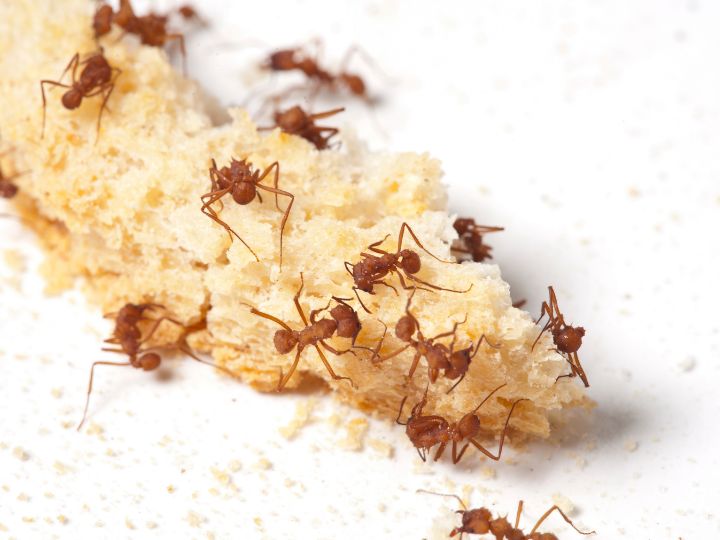From ants to squirrels, there is a wide range of creatures with a penchant for bread. However, feeding bread to some animals may not be the best idea as it may lack the necessary nutrients in their diet or even pose risks to their health. The following article delves into the world of animals that enjoy bread and discusses the implications of this diet choice.
Bread is a staple food in many households around the world, and it is not uncommon to see various animals nibbling on leftover pieces. While some animals may be drawn to the aroma or texture of bread, it is important to understand which animals eat bread and how it can impact their health.
As we explore the different animals that consume bread, it is vital to keep in mind that just because they eat it, does not mean it is the best food option for them. Certain animals require specific nutrients that bread simply cannot provide, potentially harming their well-being in the long run.
Common Animals Consuming Bread
While bread is not the most nutritious food source for animals, several species indulge in this human staple. In this section, we will explore common animals that consume bread, focusing on birds, rodents, and insects.
Birds

Image Credit: Canva
Many bird species are known to eat bread, particularly when humans feed them at parks and other outdoor areas. However, bread has minimal nutritional value for birds and can even be harmful if it’s moldy. Birds that are commonly spotted eating bread include:
- Pigeons
- Ducks
- Gulls
- Sparrows
It’s essential to mention that experts recommend feeding birds healthier alternatives, such as seeds, fruits, or vegetables.
Rodents

Image Credit: Canva
Various rodent species also consume bread, often scavenging for leftovers in urban environments. These rodents may include:
- Rats: Attracted by food waste, rats are known to consume bread if available.
- Squirrels: Squirrels can eat bread, but it is not the best food source for them as some bread types might contain high sugar content. They also have trouble digesting cellulose found in most bread.
- Mice: Much like rats, mice can feed on bread, especially when other food sources are scarce.
Although rodents might eat bread, it is not an ideal diet for them and should not be encouraged by humans.
Insects

Image Credit: Canva
Insects, specifically ants, are attracted to breadcrumbs and will eat them if encountered. They are drawn to the sugar content in bread, which provides quick energy for their colonies. However, bread is not a primary food source for insects, as they typically rely on more protein and carbohydrate-rich sources available in nature.
As demonstrated, bread is consumed by various animal species, whether due to human influences or natural scavenging behavior. However, this food source is not the healthiest or most nutritious choice for these animals.
Health Concerns and Dietary Impact
Nutritional Imbalances
Feeding bread to animals can lead to nutritional imbalances, as bread does not provide all the essential nutrients required for their growth and overall health. While it can be a convenient and inexpensive option to dispose of leftover bread, it is crucial to understand that animals need a varied diet to maintain good health.
For example, chickens can be fed small amounts of bread as an occasional treat. However, doing so too frequently can lead to insufficient intake of vital nutrients like calcium, necessary for egg production. Similarly, feeding bread to alpacas can induce a phosphorus overload, affecting their bone and joint health.
Digestive Issues
Bread can also cause digestive issues in some animals, such as squirrels, as their digestive systems are not equipped to process large amounts of bread. Consuming it can lead to constipation and stomach problems.
Moreover, moldy bread can pose a significant risk to many animals. Ingesting or even inhaling mold spores on bread can result in severe health problems, as mycotoxins produced by the mold can be toxic.
In conclusion, while animals can consume small amounts of bread occasionally, it is essential to balance their diet with more nutritionally complete food sources tailored to their specific needs. This will ensure their overall health and well-being.
Alternatives to Bread for Feeding Animals
Natural Food Sources
Feeding animals their natural food sources is the best way to ensure a balanced and nutritious diet. For instance, ducks and other birds thrive on insects, seeds, and vegetables, while fish enjoy small insects and algae. Below are some alternatives for animals commonly fed bread:
- Birds: Seeds, mealworms, chopped fruits, and vegetables
- Turtles: Cooked vegetables, small insects, and lettuce
- Pigs: Fruits, vegetables, and grains
Feeding animals their natural diets can help prevent health issues caused by an improper diet.
Pet-Specific Diet Recommendations
Pet owners should provide diets tailored to their pet’s specific needs, rather than relying on bread as a snack. Consultation with a veterinarian is essential for determining a suitable diet plan for each pet, as nutritional requirements vary by species. Some pet-specific diet recommendations include:
- Dogs: High-quality dog food containing a balance of proteins, carbohydrates, fats, vitamins, and minerals
- Cats: Specialized cat food that includes essential nutrients like taurine and arginine
- Rabbits: A diet rich in hay, pellets, and leafy greens
Frequently Asked Questions
Becky is a fervent wildlife enthusiast and pet care expert with a diploma in canine nutrition. Her love for animals stretches beyond the domestic, embracing the wild tapestry of global fauna. With over a decade of experience in animal welfare, Becky lends her expertise to OutlandishOwl through insightful articles, captivating wildlife information, and invaluable guidance on pet nutrition. Her work embodies a deep commitment to understanding the intricate lives of animals and a passion for educating others on sustaining natural habitats. Becky's hands-on conservation efforts and her knack for translating complex dietary science into practical pet feeding tips make her an indispensable voice for creatures great and small.



